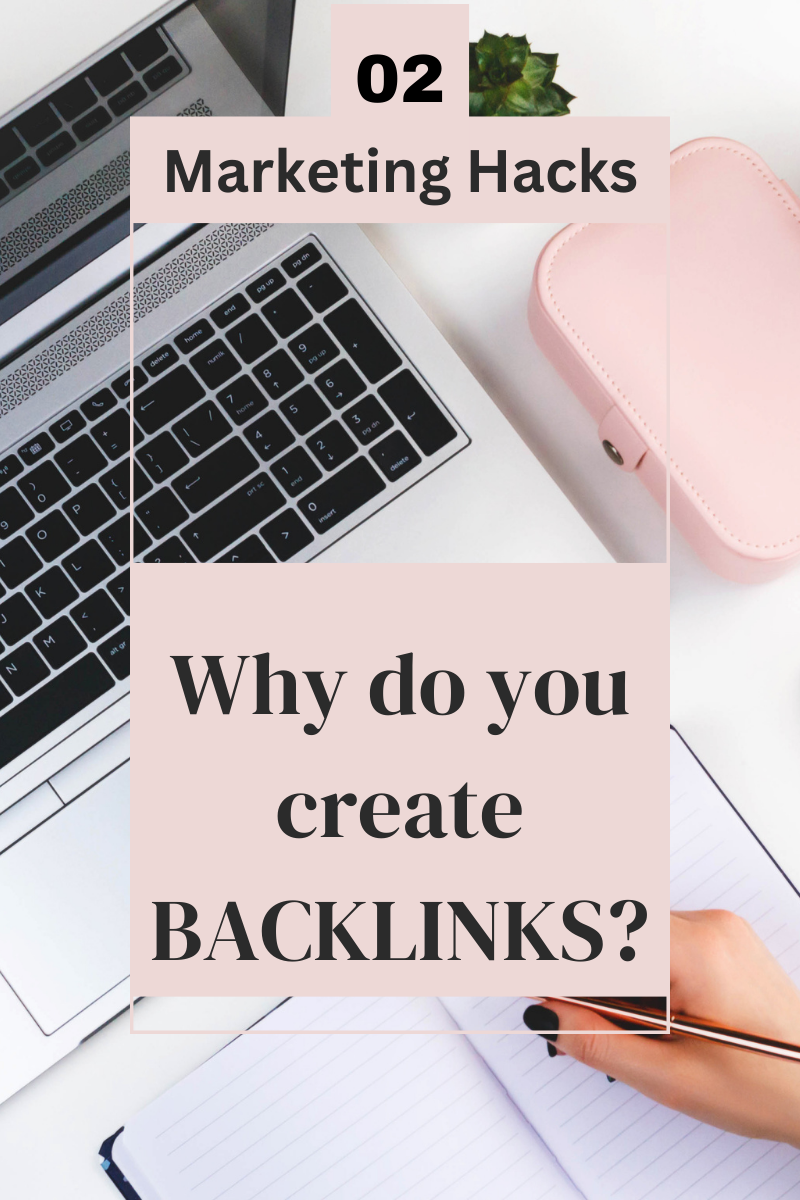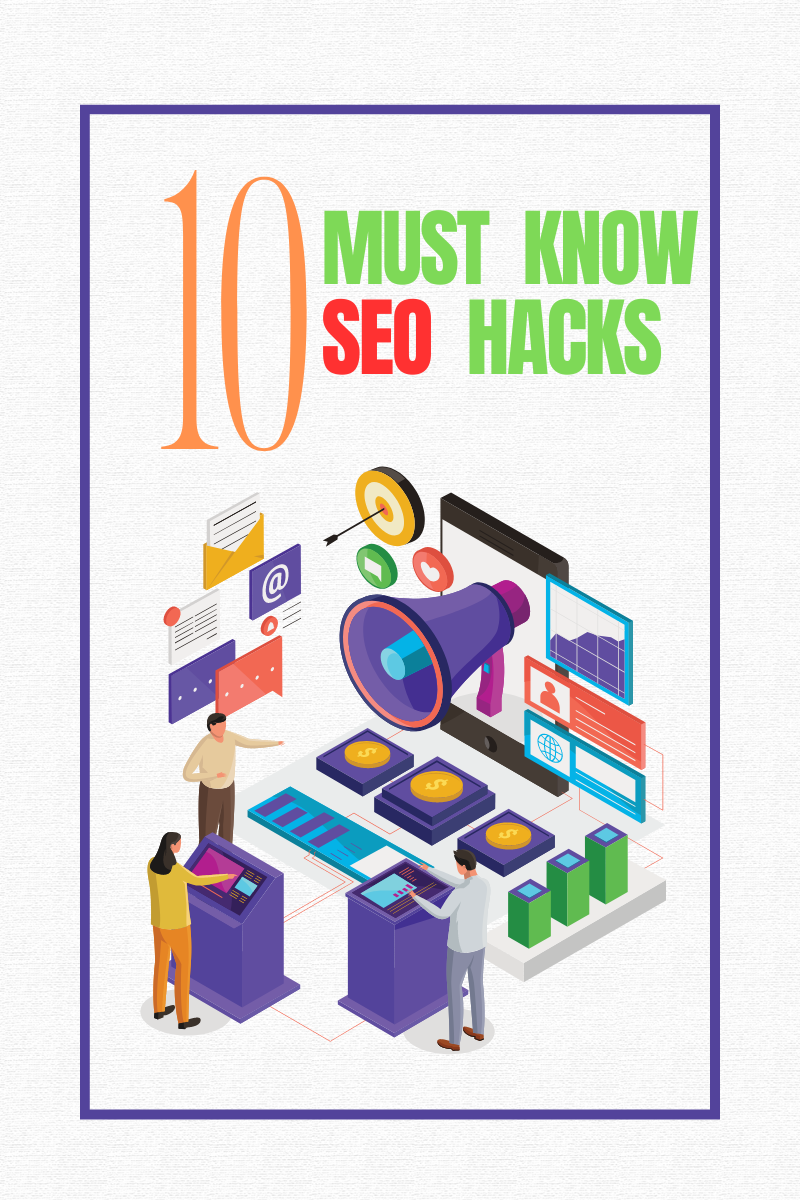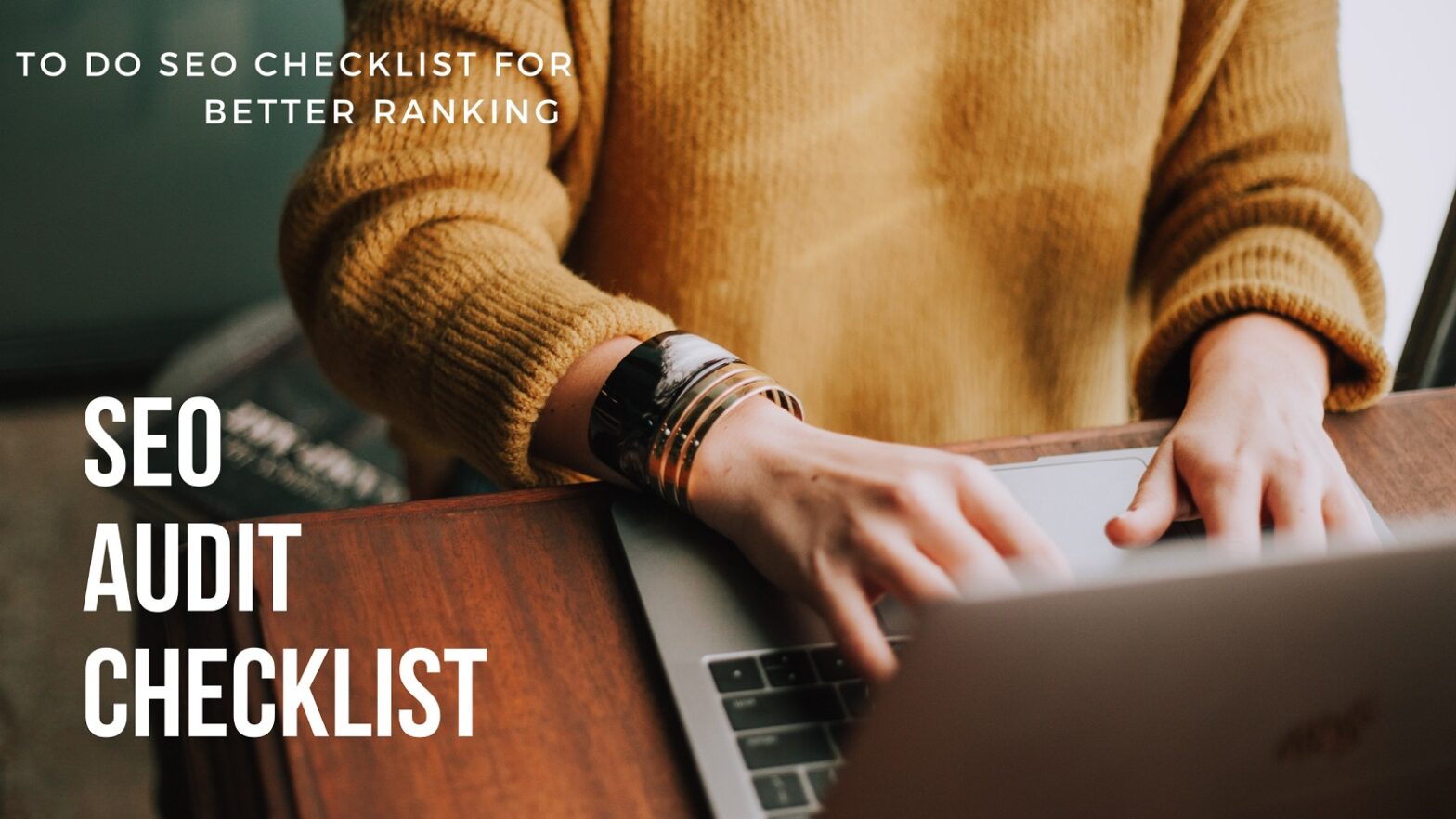Backlinks are a fundamental aspect of search engine optimization (SEO) and play a crucial role in determining a website’s credibility, authority, and visibility on search engine results pages (SERPs). Here’s why creating backlinks is important:
- Search Engine Ranking: Backlinks are considered as”votes of confidence” from other websites. When reputable websites link to your content, search engines like Google interpret it as a signal that your content is valuable and relevant. This can elevate rankings in search engine results.
- Authority and Credibility: Backlinks from reputable and authoritative websites in your industry or niche can enhance your website’s perceived authority and credibility. This can influence how both search engines and users view your content.
- Direct Traffic Boost: Backlinks serve as a medium for direct referral traffic to your website. When users click on these links found on other sites, they are directed to your website. It improves your website’s visibility and expands the opportunities for your website to be seen and engaged with by a wider audience.
- Indexing and Crawling: Backlinks can help search engine crawlers discover and index new content on your website more quickly. When search engine bots follow backlinks from other sites to your content, it helps them understand the structure and content of your website.
- Relationship Building: Building backlinks often involves reaching out to other websites and building relationships with webmasters, bloggers, and influencers in your industry. These relationships can lead to collaborative opportunities, guest posting, and other forms of cross-promotion.
- Reduced Traffic Source Dependence: Relying only on one traffic source carries risks. Backlinks provide a way to diversify your traffic sources, reducing dependence solely on search engines for traffic and exposure.
- Brand Exposure: When your content is linked from reputable sources, it exposes your brand to a broader audience. This can help in brand recognition, audience growth, and potentially attracting new customers or clients.
- Long-Term Benefits: Quality backlinks can continue to drive traffic and enhance SEO over the long term. Unlike other SEO tactics, the benefits of quality backlinks are less likely to diminish quickly.
Bonus: It’s crucial to know that not all backlinks are equal. Quality matters more than quantity. Backlinks from spammy or low-quality websites can actually harm your SEO efforts. Focus on building organic, relevant, and natural backlinks from reputable sources to achieve the best results.


